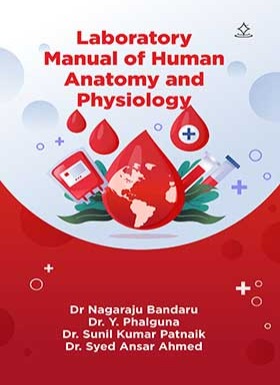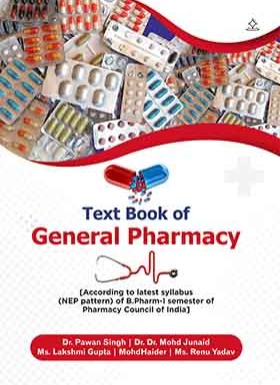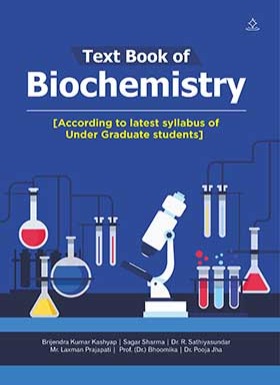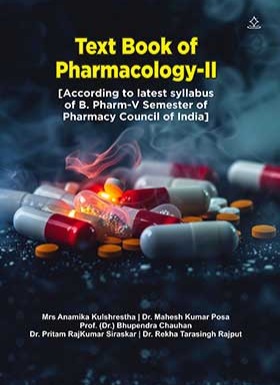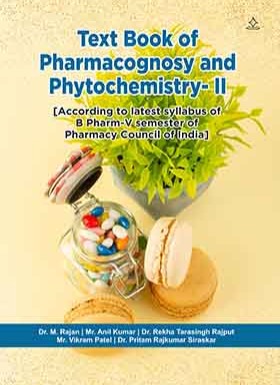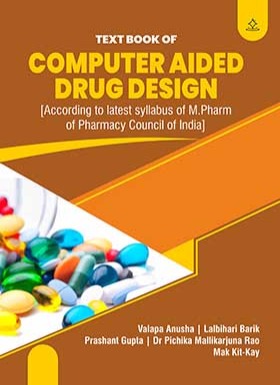


ISBN : 978-93-6087-277-9
Category : Academic
Catalogue : Medical And Nursing
ID : SB21602
TEXT BOOK OF COMPUTER AIDED DRUG DESIGN
According to latest syllabus of M. Pharm of Pharmacy Council of India
Valapa Anusha, Lalbihari Barik, Prashant Gupta, Dr Pichika Mallikarjuna Rao, Mak Kit-Kay
Paperback
999.00
e Book
699.00
Pages : 235
Language : English
About Book
The Text Book of Computer Aided Drug Design is a comprehensive guide covering modern techniques used in computational drug discovery. It begins with an introduction to Computer Aided Drug Design (CADD), highlighting its history, fundamental principles, and wide-ranging applications. The book then delves into Quantitative Structure-Activity Relationships (QSAR), explaining basics, the evolution of QSAR methodologies, and the importance of physicochemical parameters like electronic, lipophilicity, and steric effects. Both experimental and theoretical approaches for parameter determination are detailed. Further, it elaborates on Hansch and Free Wilson analysis, deriving 2D-QSAR equations, and advanced 3D-QSAR approaches along with contour map interpretation. A dedicated section discusses the crucial role of molecular modeling and quantum mechanics in drug design. It contrasts global minimum energy conformations with bioactive conformations and thoroughly explains rigid, flexible, and extra-precision molecular docking techniques. The text also explores enzyme targets such as DHFR, HMG-CoA reductase, HIV protease, and cholinesterases, emphasizing the design of inhibitors. Another highlight is the prediction of ADMET properties essential for successful drug candidates. De novo drug design is explored with focus on receptor/enzyme interactions, cavity predictions, and fragment-based approaches. Techniques like homology modeling and generation of 3D protein structures are covered to support structure-based drug design. The final chapters are dedicated to pharmacophore mapping and virtual screening methods. Readers learn about pharmacophore identification, conformational search techniques, in silico drug design strategies, and both similarity-based and structure-based virtual screening approaches. Rich in theory and practical approaches, this book serves as an essential resource for pharmacy, medicinal chemistry, and computational biology students. It bridges fundamental concepts with advanced drug discovery techniques. It is ideal for both beginners seeking a strong foundation and researchers aiming for advanced applications. Comprehensive examples, models, and updated techniques make it highly relevant to current pharmaceutical research and industry needs.
Customer Reviews

